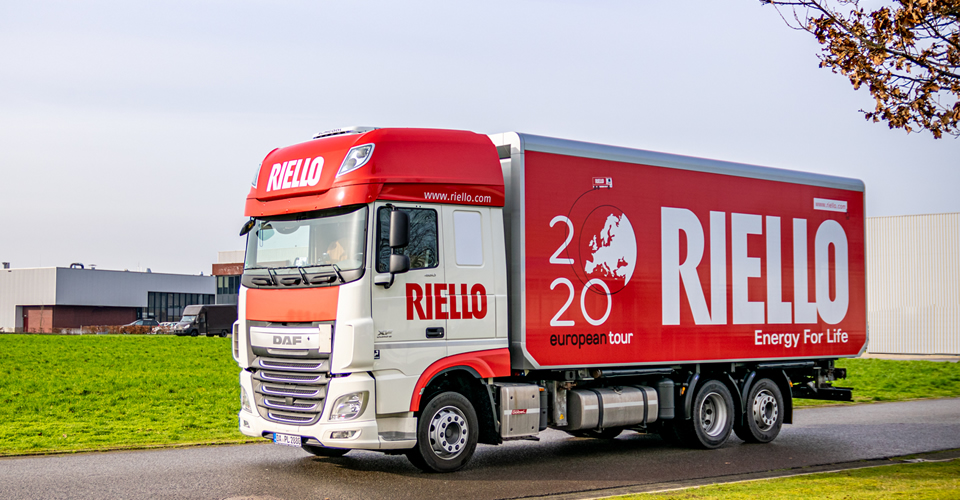
1. Air staged combustion
Air staged combustion technology is one of the most commonly used low NOx combustion technologies at home and abroad.
1. Basic principle The air required for fuel combustion is divided into two or more stages and sent to the furnace, so that the coal combustion process ends in stages while keeping the overall excess air coefficient constant:
1) The first stage is fuel-rich combustion, so that α<1, and 70-80% of the total air required for combustion is sent from the main combustion zone to ensure that the fuel burns under anoxic conditions, build a restorative atmosphere, and suppress fuel Formation of type NOx;
2) The second stage is oxygen-enriched combustion. The remaining air (burnout air) is sent into the furnace from the burnout zone above the main combustion zone to end the burnout process of pulverized coal. Although there is a lot of air in the burnout zone, a part of NOx will be generated again, but overall, the amount of NOx generated in the furnace is reduced.
2. Factors affecting the NOx reduction effect of air staged combustion:
1) Excess air ratio distribution for two-stage combustion;
2) Combustion temperature;
3) residence time, etc.;
Air staged combustion to avoid slagging and corrosion in the fuel-rich combustion zone
2. Flue gas recirculation
1. Principle: Take a part of the combusted flue gas from the air preheater and directly feed it into the furnace, or send it into the air box to mix with hot air before feeding it into the furnace to reduce the combustion temperature and oxygen concentration, and then drop NOx generation;
Flue gas recirculation rate = (recirculated flue gas volume) / (flue gas volume without recirculation) × 100
2. The effect of the flue gas recirculation method on reducing NOx is related to the type of fuel and the recirculation rate, and the reduction rate of NOx increases with the increase of the recirculation rate.
3. When the recirculation rate is 15-25, the NOx emission concentration of the pulverized coal boiler can be reduced to 25%.
4. Generally, the recycling rate is selected at about 10-20;
5. The higher the combustion temperature (such as liquid slagging furnace), the greater the impact of the recirculation rate on the reduction of NOx;
The use of flue gas recirculation requires the installation of recirculation fans, flues, etc., which increases the investment and the system is more complicated, so it is necessary to make a technical and economic comparison decision.

1. Air staged combustion
Air staged combustion technology is one of the most commonly used low NOx combustion technologies at home and abroad.
1. Basic principle The air required for fuel combustion is divided into two or more stages and sent to the furnace, so that the coal combustion process ends in stages while keeping the overall excess air coefficient constant:
1) The first stage is fuel-rich combustion, so that α<1, and 70-80% of the total air required for combustion is sent from the main combustion zone to ensure that the fuel burns under anoxic conditions, build a restorative atmosphere, and suppress fuel Formation of type NOx;
2) The second stage is oxygen-enriched combustion. The remaining air (burnout air) is sent into the furnace from the burnout zone above the main combustion zone to end the burnout process of pulverized coal. Although there is a lot of air in the burnout zone, a part of NOx will be generated again, but overall, the amount of NOx generated in the furnace is reduced.
2. Factors affecting the NOx reduction effect of air staged combustion:
1) Excess air ratio distribution for two-stage combustion;
2) Combustion temperature;
3) residence time, etc.;
Air staged combustion to avoid slagging and corrosion in the fuel-rich combustion zone
2. Flue gas recirculation
1. Principle: Take a part of the combusted flue gas from the air preheater and directly feed it into the furnace, or send it into the air box to mix with hot air before feeding it into the furnace to reduce the combustion temperature and oxygen concentration, and then drop NOx generation;
Flue gas recirculation rate = (recirculated flue gas volume) / (flue gas volume without recirculation) × 100
2. The effect of the flue gas recirculation method on reducing NOx is related to the type of fuel and the recirculation rate, and the reduction rate of NOx increases with the increase of the recirculation rate.
3. When the recirculation rate is 15-25, the NOx emission concentration of the pulverized coal boiler can be reduced to 25%.
4. Generally, the recycling rate is selected at about 10-20;
5. The higher the combustion temperature (such as liquid slagging furnace), the greater the impact of the recirculation rate on the reduction of NOx;
The use of flue gas recirculation requires the installation of recirculation fans, flues, etc., which increases the investment and the system is more complicated, so it is necessary to make a technical and economic comparison decision.